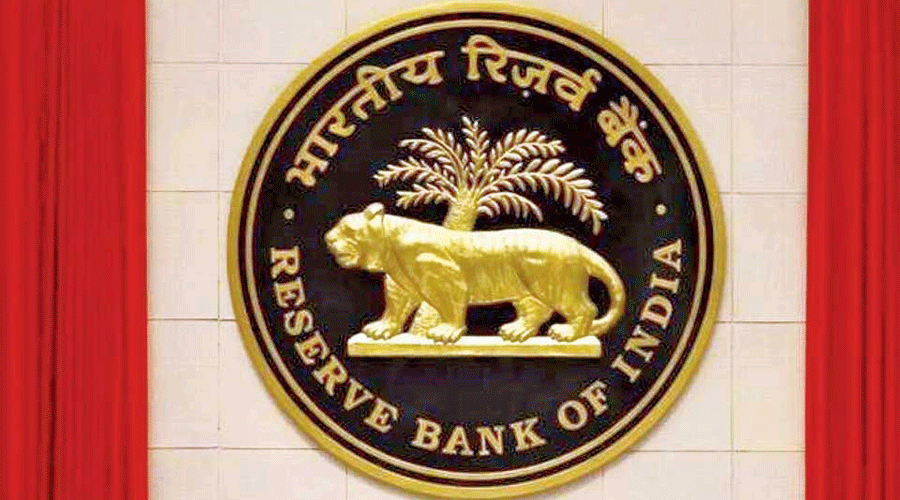India’s rate-setting panel met on Thursday to write a letter to the government giving reasons for its failure to keep retail inflation below the mandated upper limit of 6 per cent for three straight quarters.
“A separate meeting of the Monetary Policy Committee (MPC) was held on November 3, 2022 to discuss and draft the report to be sent to the Government by the Reserve Bank of India (RBI),” the RBI said in its short release following the meeting.
All six members of the MPC attended the meeting, the release added.
India’s central bank will not immediately release details of the report to the government, governor Shaktikanta Das said in a speech on Wednesday.
“It’s a report sent under a law, I don’t have the privilege, the authority or the luxury to release a letter like this,” Das said.
This is for the first time since the constitution of MPC in 2016 that the committee is submitting such a report to the central government.
Retail inflation has remained above 6 per cent since January 2022 and it stood at 7.41 per cent in September.
Recent comments by top RBI officials suggest inflation has peaked and will moderate from now on, though the process will be stretched.
The RBI meet came a day after the US Federal Reserve raised interest rates again by 75 basis points to its highest level since January 2018. It, however, sent mixed signals as to whether the pace of borrowing cost increases would be lowered.
A statement from the US central bank said that it would take into account the cumulative tightening of monetary policy, the lags with which monetary policy affects economic activity and inflation, and economic and financial developments. However, Fed chair Jerome Powell diluted hopes of any moderation in its tightening.
Gold purchases
The RBI is continuing to buy gold even as the yellow metal is not shining as expected in 2022.
According to the World Gold Council (WGC), the RBI bought 13 tonnes in July and four tonnes in September, pushing its reserves to 785 tonnes.
Central banks elsewhere are also stocking up on the yellow metal: the WGC said global central bank purchases surged to almost 400 tonnes in the third quarter of 2022, a 115 per cent sequential growth.
The purchases are the highest for a quarter since 2000 and double that of the previous high of 241 tonnes in the third quarter of 2018.
Analysts said that the Indian central bank’s purchase of gold should be seen in the current global context and in these volatile conditions, the metal offers a strong hedge against uncertainty. "The RBI like other central banks is not worried about the daily fluctuations in prices of the metal since it holds gold for other reasons,’’ an analyst added.
Explaining the reasons for its purchases, the RBI said in its 2021-22 annual report that the metal is a unique asset with attributes of financial assets. It also pointed out that gold acts as a diversifier and is a vehicle to mitigate losses in times of market stress.
"Gold has delivered positive returns over the long run, often outperforming other major asset classes in addition to providing a greater risk hedge to the dollar, gold’s performance as a safe asset among other asset classes has also improved in the recent phases of financial cycles,’’ the RBI said.
While gold exhibits a strong performance in times of rising inflation, it has come off the peaks in August because of a rising greenback and aggressive tightening by the US Fed. Since the metal is dollar-denominated, its price is generally inversely related to the US unit.










